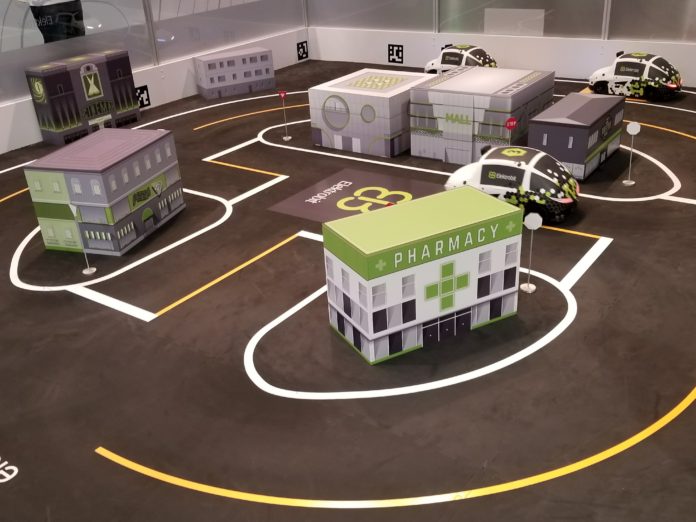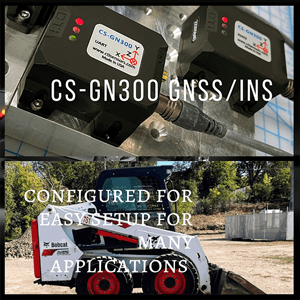LAS VEGAS—While autonomous vehicles seem to get most of the media attention these days, the foundation technologies that connect vehicles will continue to grow in 2018.
In a market overview presentation at the recent Consumer Telematics Show, Roger Lanctot, Strategy Analytics director, automotive connected mobility said his firm expects 81.7 million telematics units to be installed by 2014 (the latest figures, from 2016, say 25 million units are in operation).
Lanctot said that North American telematics markets are highly dependent on carmaker strategies. In Europe, the market is dependent on regulatory activity and selected OEMs. Both continent’s telematics center of gravity focuses on emergency call capability.
In Japan, navigation is still dominant, with Toyota leading the other companies, Lanctot said. China will be the No. 1 region for embedded telematics shipments by 2021 (with North America coming in second place), he said.
Who’s generating the most telematics revenue? Lanctot said there are multiple applications and business models.
“BMW and GM are the two market leaders monetizing vehicle data. BMW’s CarData is live in Europe and creates a platform for consumers to opt-in to data sharing offering,” he said.
BMW is making 79 parameters of vehicle data available for a price on a one-time or bulk basis depending on the application, Lanctot said.
Another connected and autonomous vehicle foundation technology, high-definition maps, will see players battle it out for market share. These include HD mapping efforts from Continental/Ygomi, HERE, TomTom, Ushr, Intel/Mobileye, Civil Maps, Deep Map and others are striving to update and enhance maps, Lanctot said.
Nearly 21 years after GM’s Onstar launched with basic concierge and location services, Lanctot believes the era the industry is now in should be called “Telematics 3.0, Mobility as a Service.” This MAAS concentration has some of the largest automakers involved, he said.
“There seems to be a ‘robobtaxification’ of the auto industry. Toyota launches new concept vehicle here at CES. About 25 of NVIDIA’s 320 Drive PX partners are robo taxis,” Lanctot said.
Connected Vehicles Hot Topic at CES…
At a Connect2Car panel at CES, Chris Cook, Mobile Electronics Association president, gave a rundown of the history of consumer electronics companies working with automakers. Initially, he said, it was a nonexistent relationship at the start of the century, when automakers didn’t even show up to have a meeting about connecting vehicles.
Cook says that there still is work to be done as some of the new car models have perplexing consumer electronics issues. “On a 2018 Mercedes CLA 250, there’s no satellite radio or CarPlay/Android upgrade. It costs $4700 if you bought extra options–does this make sense to anyone?” he said.
Suzanne Murtha said her company, AECOM, conducted the first connected vehicle demonstration at CES. Murtha, who leads the company’s connected and autonomous vehicle efforts, said AECOM is working on an automated bus pilot project in inclement weather in Minnesota.
Noticeably absent was autonomous vehicle provocateur George Hotz of comma.ai, who was to speak on the panel.



























